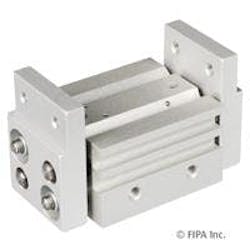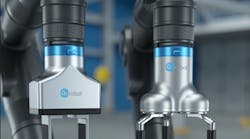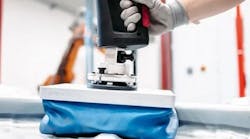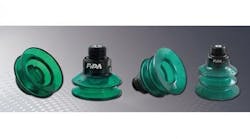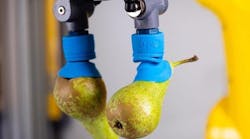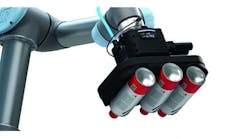FIPA expands their assortment of gripper components by 3-finger parallel grippers and parallel grippers for particularly long strokes. Customer-specific jaws ensure the geometric adaptation of the gripping elements to the workpiece. "With the new parallel grippers FIPA enables flexible solutions for special requirements in gripper construction", says Rainer Mehrer, FIPA President and Owner. Each of the new parallel gripper models is equipped with a dual-action cylinder which applies the full force to the jaws in both positions. The new parallel grippers can be employed for internal and external gripping. Thus the design engineer for gripper solutions has jaws with very flexible applications at his disposal. The 3-finger parallel grippers are primarily suitable for handling cylindrical workpieces. The self-centering gripper fingers, bringing the workpiece to a defined position and providing a secure grip, are quite beneficial. The stroke spectrum ranges from 2 mm to 10 mm. The parallel grippers for especially long strokes cover a stroke range from 20 mm to 200 mm and gripping forces up to approx. 500 N. They are used, for example, in gripper systems for the handling of plane injection molded parts. Adaptation to the shape of the workpiece is achieved by jaws which FIPA manufacturers according to customer requirements. Both gripper families are prepared to accommodate sensors. Electromagnetic proximity sensors for the sensing of the piston position are available. The control electronics can thus determine indirectly whether the gripper jaw is open or closed. Disruptions of the compressed air supply to the gripper element are detected with this method. The user benefits from greater process reliability and less rejects. In addition, costly damages to tools are prevented. Monitoring of the gripping function by indirect sensing is useful especially with complex gripper systems with many compressed air lines.
- self-centering gripper fingers
- stroke spectrum ranges from 2 mm to 10 mm
- accommodate sensors
